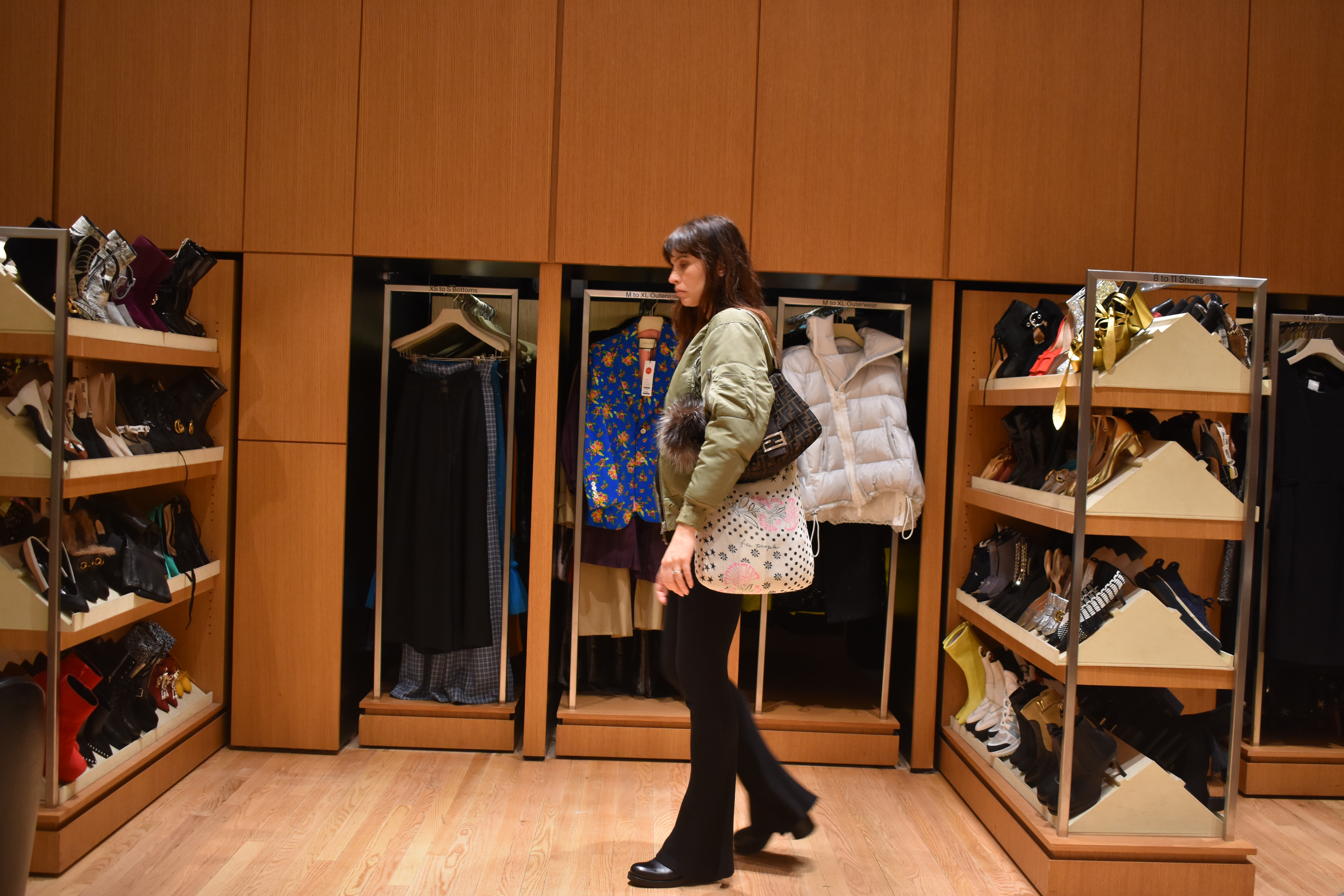In the span of two months this fall, Barneys New York and Forever 21 declared bankruptcy and began the process of shuttering storefronts throughout the city. While the two retail mainstays could not be more different in both inventory and audience, their closure sent shockwaves through the fashion industry and confirmed a longtime undercurrent of murmurs— retail is changing.
However, with the rise of streetwear “drop” culture and fall of traditional department stores, New Schoolers studying fashion have wondered what this change will look like. Will it include weekly drops, pop-up shops, or no physical stores at all? No one knows the ups-and-downs of the fashion industry better than the next generation of fashion designers, the Mood bag-toting design students shuffling through Parsons workrooms every day. The Free Press talked to five fashion students about what stores, styles, or experiences embody the future of retail.
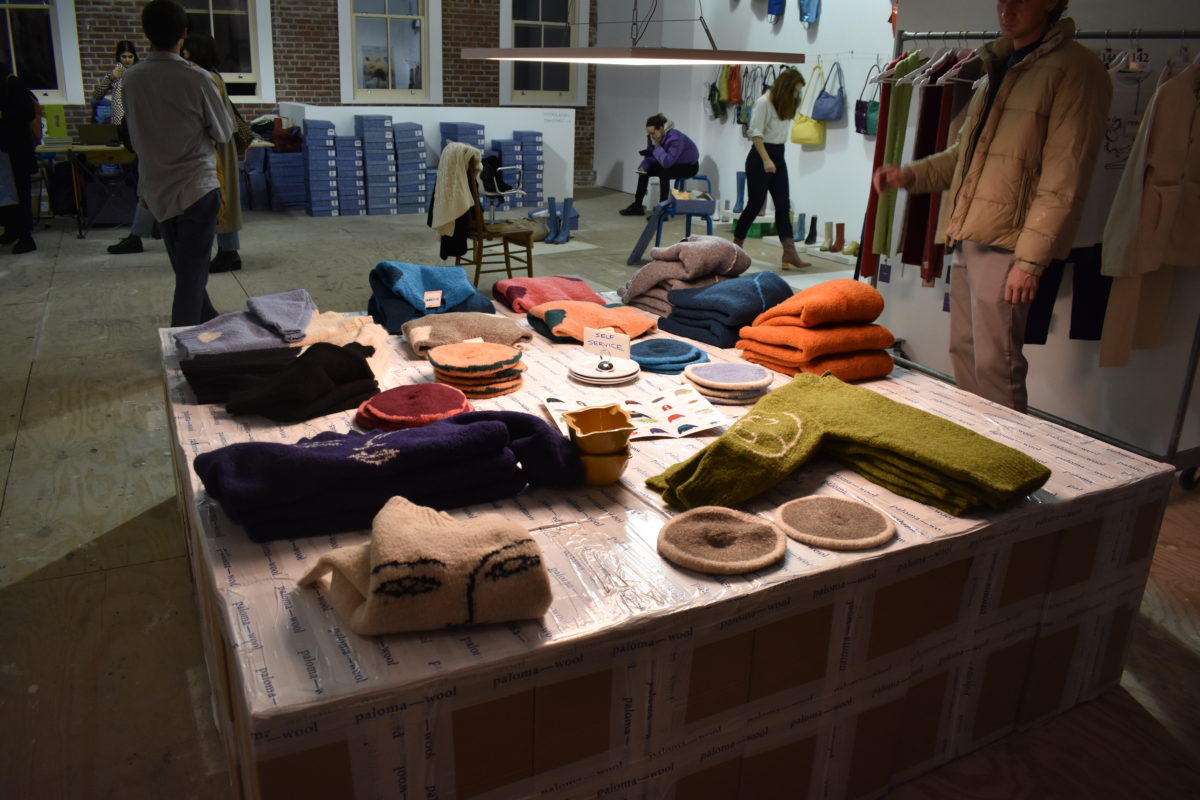
Pop-Up Shops
In the face of skyrocketing rent costs and limited space, many brands host pop-up shops to give their customers a microdose of experiential retail. Spanning from 12 hours to several months, pop-ups bring e-commerce brands, new launches or collaborative partnerships to life. The typical jam-packed pop-up space is immersive and overwhelmingly Instagram friendly—from Mejuri’s zodiac-themed maze to Susan Alexandra’s cookie-decorating table.
“[Pop-ups] are a combination of something that’s very traditional, with something that’s very modern. Traditional because it’s still a store, and it’s a physical store, but modern in the way that it’s very entertaining and it requires a lot of interaction,” said Kinga Indrzejczak, a second-year fashion design student. “I think the atmosphere is a little bit different, because it’s so entertaining. People don’t feel obligated to buy something, you know?”
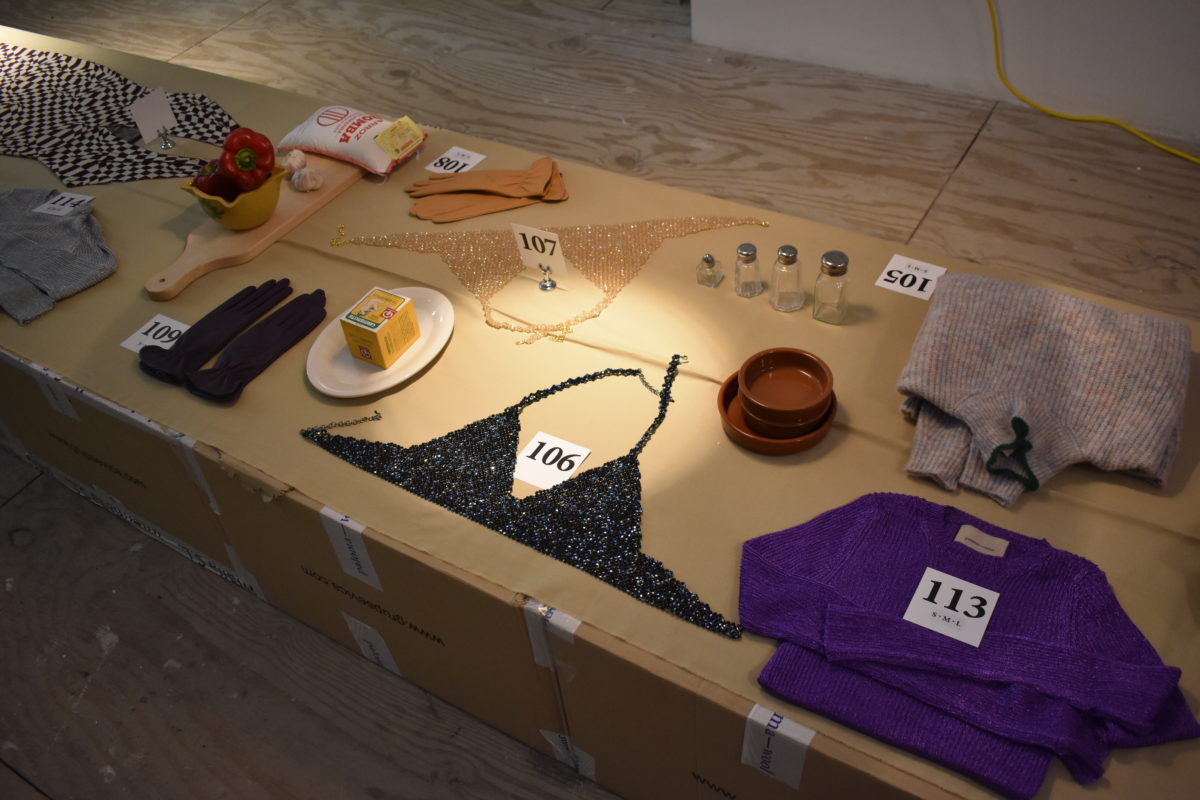
Urban Outfitters
While it still falls under the fast fashion umbrella, Urban Outfitters’ rotating roster of brands and ever-present finger on the fashion pulse cements it as a forerunner in the retail market. Since its foundation in 1970, Urban Outfitters has evolved from a bohemian haven to a multi hyphenate powerhouse. Every curated location boasts some of the most in-demand brands of the moment, from Chinatown Market to Lisa Says Gah. From the budget streetwear junkie to the VSCO girl, Urban Outfitters serves every customer a head-to-toe look (and a photo booth strip, while you’re at it) without having to step foot outside.
Carolina Trinker, a third-year fashion design student, talked to the Free Press about the popularity of the brand, and the importance of curation within a store atmosphere. “Urban Outfitters is a hit with teenagers. I think that’s because they have a message that goes through the whole store, with options, but it does make people feel safe when they walk in. They’re walking into an aesthetic, they can’t really go wrong,” said Trinker. “Curation is so important these days. We’re part of a follower culture now—it’s not so much about the name, it’s about ‘How can I attack this look, how can I recreate it for myself?’ I think the focus has shifted—in this digitized age everything can be redone somehow, so we’re more driven to what the final outcome is going to look like. So if that can be presented to us, and if we can pick and choose and have an easier experience, which makes us feel safe, that’s going to keep people hooked.”
Upscale Vintage
Once considered too gritty for the fashionable elite, shopping second-hand has become a bona fide art form among students and top tier influencers alike. While affordable stores like Goodwill or L Train Vintage remain the go-tos for shoppers on a budget, highly curated and higher-priced vintage stores are cropping up across the streets of SoHo and beyond. Whether it’s curated grunge-era grails at The Vintage Twin, or an early aughts Louis Vuitton bag at What Goes Around Comes Around, the thrill of thrifting is here to stay.
Second-year fashion design student Beck Jones spoke about the rise of thrift shopping among students and New Yorkers, and how the prices at many of them are rapidly raising. “Vintage stores are getting more expensive and more popular, like Vintage Twin or Beacons [Closet]. If something has lasted through one era, and another era, and it’s still surviving in a vintage store…I don’t know, shit back then was made well. I don’t know what happened between then and 2019,” said Jones, “Vintage stores are going to keep coming up, but they’re also going to start getting more expensive, because they’re realizing people like us will pay for it. As long as we keep turning away from places like H&M.”
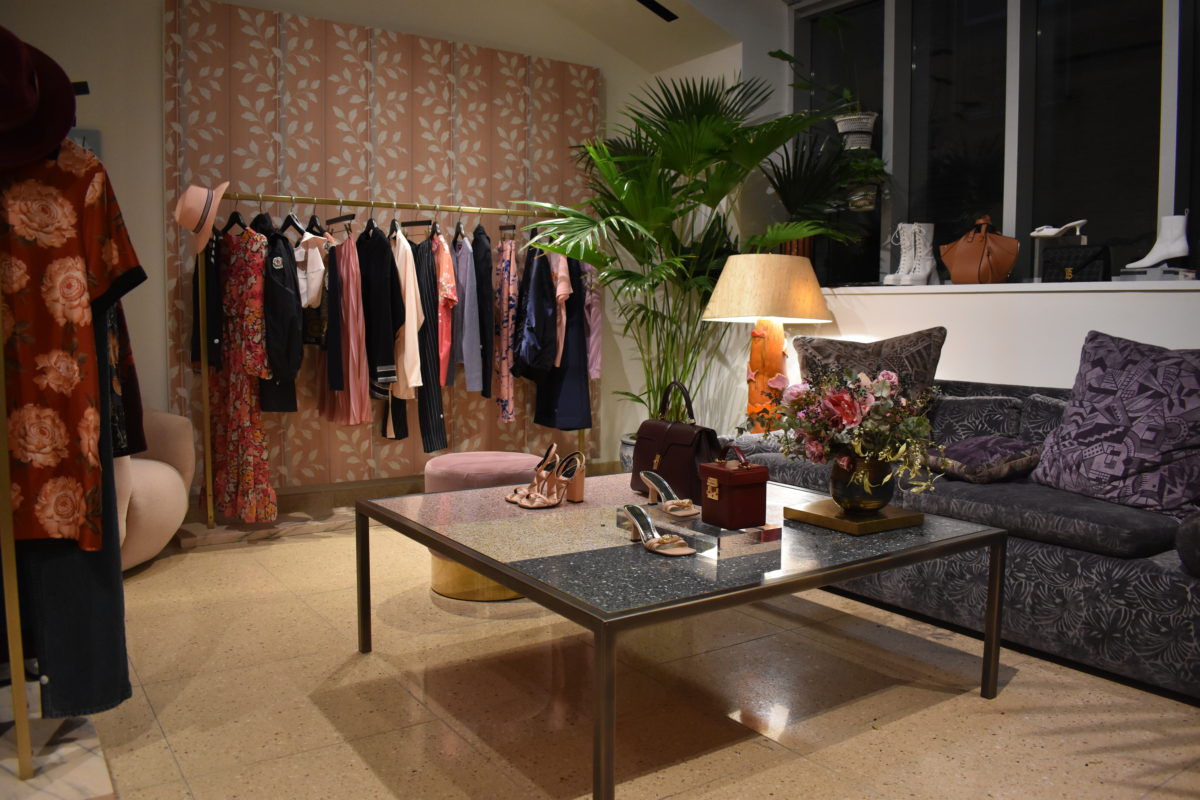
The Webster
Established in 2009, Miami-based fashion house, The Webster boasts luxury brands of every style and caliber. Peppered throughout their 12,000 sq. ft. SoHo location is womenswear, menswear and childrenswear from brands like Off-White and CHANEL. Along with the curated selection of top-tier fashion, The Webster holds their own line of home wares, as well as a hair salon and a private personal shopping penthouse.
Third-year integrated design student Paulo Cruz believes that The Webster could be considered a more modern version of Barneys stores, and more relevant to this era of retail shopping. “It’s just a really beautifully curated luxury store, with a mixture of more contemporary and more traditional forms of design. It definitely has a higher price point than your usual store, but in comparison to Barneys, I believe it could be considered the present-day form of what Barneys represents,” Cruz said. “There’s a whole shoe salon, and it kind of looks like you’re in somebody’s closet. All the clothing is curated by the style of garment as opposed to designer brands.”
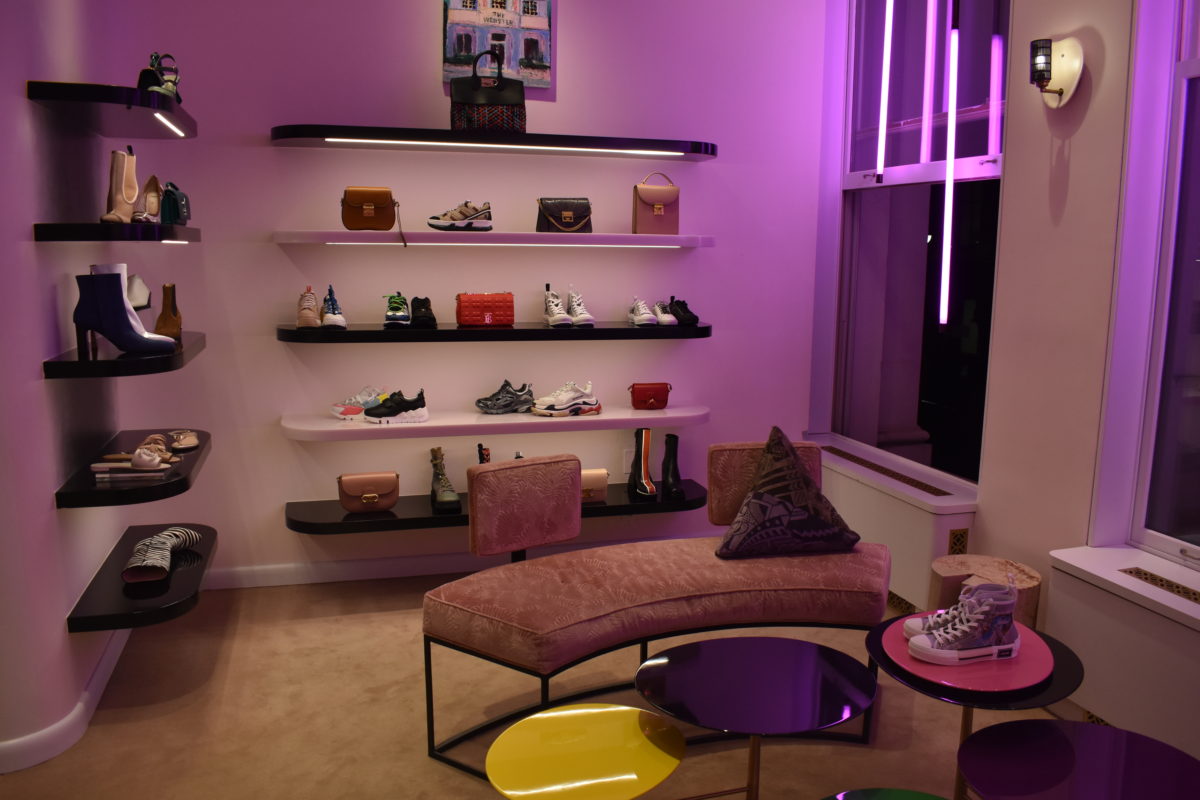
Forty Five Ten
As one of the first retail occupants of Hudson Yards, the Dallas-founded fashion and art collective, Forty Five Ten had high standards to uphold. Within four individually curated storefronts— each with its own theme, interior design, and sculptural pieces— both the avant garde clothing and artwork would look equally at home in an Instagram-bait museum. Although price points skew on the luxury side, shops platforming vintage one-offs and young designers make Forty Five Ten a shopping space accessible for all.
Guntaj Arora, a Fashion Marketing student in the Parsons Associate’s program, spoke about how Forty Five Ten is alluring to customers who normally shop online. “When you walk from one store to the other, it’s a different curated experience each time. It’s a different kind of experience, which I feel like is required today,” Arora said. “Stepping outside the fashion group, and seeing how most consumers shop, it’s mostly digital because they don’t have any incentive to go to a store. What retail is doing is building stories and experiences, to draw customers into their stores.”







